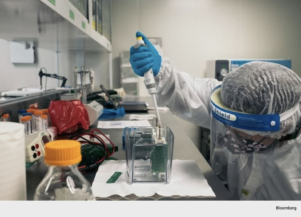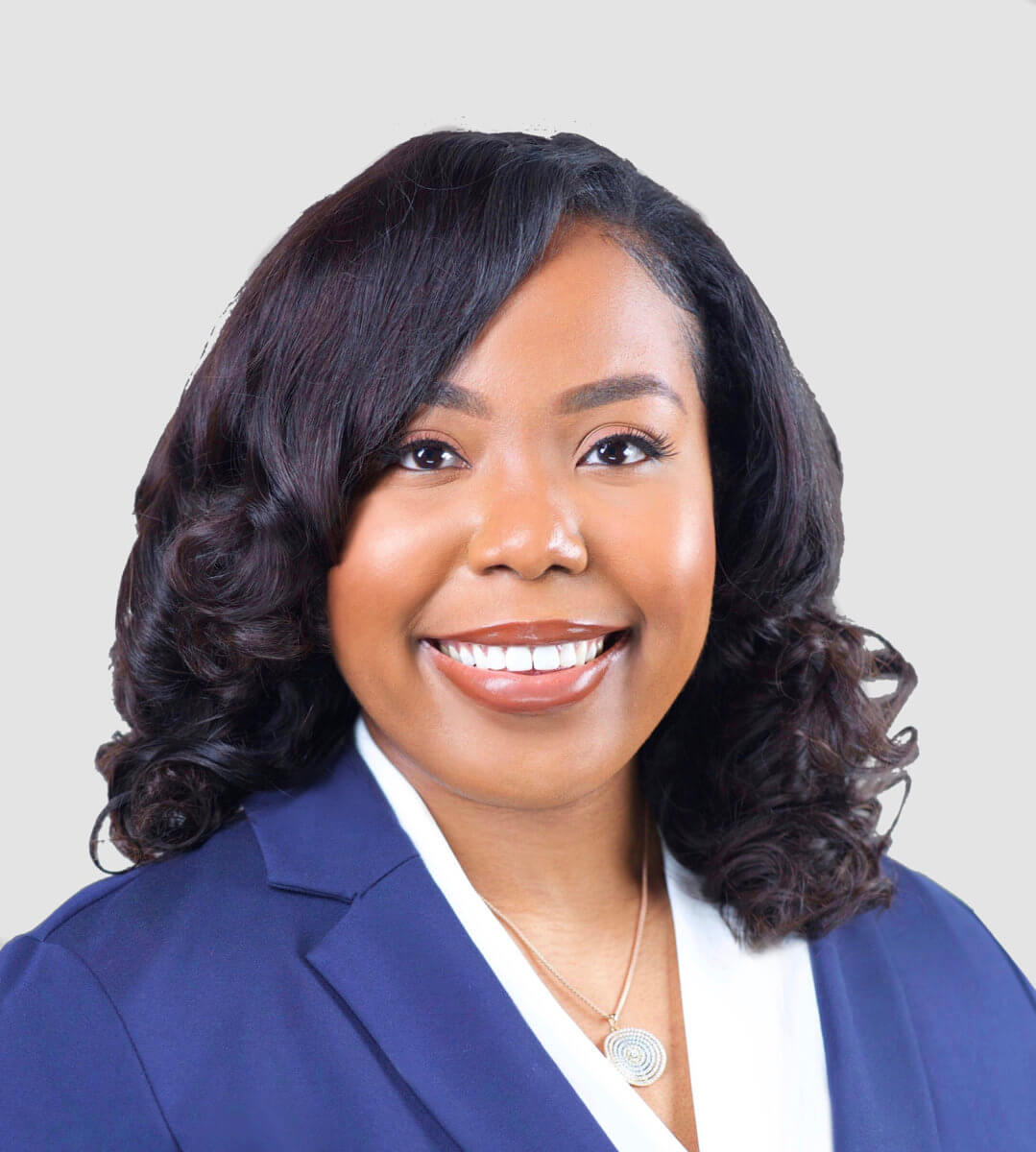-On behalf of the 17 medical schools across New York State, the organization calls for New York’s flagship research program to be reestablished –
-The previous administration’s decision to eliminate funding for stem cell research has negative implications for both economic development and scientific advancement –
(New York, NY) – The Associated Medical Schools of New York (AMSNY) is calling on the state legislature to reinstate the New York Stem Cell Science program (NYSTEM), restoring funding to its prior level of $44.8 million, and eliminating legislative language that prevents any new grants from being awarded.
Last year, Governor Cuomo made the unfortunate decision to eliminate NYSTEM, despite the program being New York’s flagship investment in biomedical research and the program’s contributions to a wide range of research, including advances that have helped in the fight against COVID-19.
“On behalf of the state’s 17 medical schools, we are calling on the legislature to reestablish the New York State Stem Cell Science program, which has made a significant impact both in terms of economic activity and scientific advancements since its launch in 2007,” said Jo Wiederhorn, President and CEO of AMSNY. “Ending the program now—when the medical potential of stem cells is just beginning to be realized, and other states have doubled down on their investments—is incredibly short sighted.”
NYSTEM funding has supported innovative research, the discovery of potential new treatments that are in clinical trials, the launch of startup companies, and training grants to develop the next generation of scientists. Research that began with NYSTEM has resulted in approximately $170 million in funding from other governmental and philanthropic sources. The program also has advanced the state’s objective of bringing more venture-capital funding to life sciences companies, with nearly $300 million in VC money supporting businesses that NYSTEM scientists founded.
In contrast, the elimination of NYSTEM resulted in layoffs and the potential loss of hundreds of millions of dollars in grants and venture capital investments. Additionally, research progress was halted, clinical trials shuttered, and scientists may relocate their labs—taking with them their team members and their other grants—to states that support research, like California, which recently invested an additional $5.5 billion in its Institute for Regenerative Medicine.
Not only does ending NYSTEM have economic implications, it will delay and in some cases entirely derail the scientific progress research teams have made so far. And the advances made thanks to NYSTEM have been significant: NYU Langone Health is making progress in treating leukemia; Memorial Sloan Kettering is teaming with Weill Cornell Medicine and others to help those with advanced Parkinson’s disease; and the Neural Stem Cell Institute in Rensselaer is developing a clinical therapy for age-related macular degeneration, a blinding, degenerative eye disorder that affects 1 in 5 people over age 75.
Also, at a time when employers, universities and local governments across New York State are making a commitment to equity and justice, we are proud that research funded by NYSTEM is creating promising new clinical therapies for diseases that disproportionately affect communities of color. For example, researchers at Weill Cornell Medicine, assisted by this state program, have developed a potential treatment for sickle cell disease. This involves transplanting genetically corrected stem cells into patients with sickle cell disease, which primarily affects Black and Hispanic Americans.
By eliminating NYSTEM, the state loses all the momentum the program has fostered. Ten Nobel Laureates based in New York wrote to the Governor and state leaders last year, that “this program has been a tremendous scientific and economic development success and it would be a real loss to the State if the program was eliminated.” None of these award-winning scientists receive NYSTEM funding, but all believe that “[this] research holds tremendous promise for better understanding human biology and developing prevention strategies, treatments, and perhaps even cures for many debilitating diseases such as Parkinson’s, diabetes, Alzheimer’s, macular degeneration, cancer and cardiovascular disorders including stroke and sudden death.”
AMSNY urges the state to recommit to its life sciences sector and reestablish NYSTEM, before all gains from the program are lost.
About AMSNY
The Associated Medical Schools of New York (AMSNY) is the consortium of the 17 public and private medical schools in New York State. AMSNY works in partnership with its members to advance biomedical research, diversity in medical school and the physician workforce and high quality and cost-efficient care. The combined total of New York’s medical schools economic impact equals more than $85.6 billion. This means $1 in every $13 in the New York economy is related to AMSNY medical schools and their primary hospital affiliates. For more information on AMSNY, please visit: www.amsny.org








